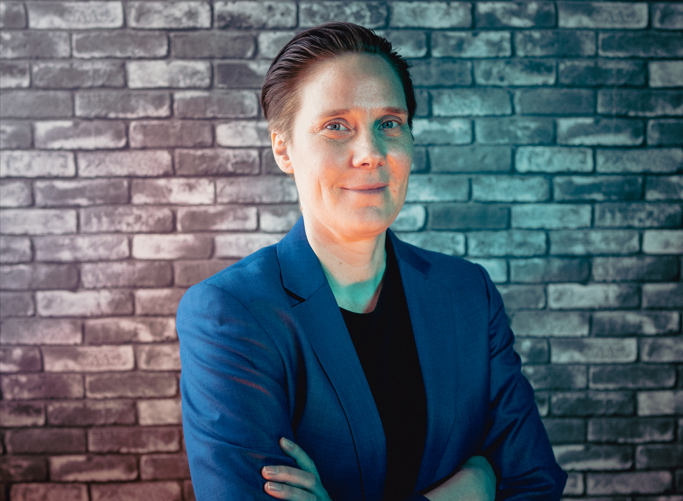What does circular economy mean in the IT world? (in Finnish)

Kiertotalouteen kuuluu aina raaka-aineet. Jos ei puhuta raaka-aineista, silloin ei ymmärretä kiertotaloutta.
Kiertotaloudessa otetaan aina huomioon, mitä materiaaleja ja miksi hankitaan sekä millä keinoilla pidennetään niiden käyttöikää. Tärkeintä on saada raaka-aine lopulta uuteen kiertoon – mistä saadaan taas uusia raaka-aineita ja tuotteita.
Circular economy is not just repetition of a single small thing, but it is a complete package. If the whole package is not understood, then we cannot talk about circular economy either.
Mutta mitä kiertotalous tarkoittaa IT-maailmassa?
1) Purchasing IT equipment
When purchasing devices, organizations should make a conscious decision about, for example, the amount of recyclable materials used in the products they buy. Or if the devices should be purchased so that they already contain recycled materials. Or what are the CO2 emissions of the devices.
Jonkunlaiset kriteerit olisi hyvä olla, eli vastuullisuus- ja kiertotalouskriteerit pitäisi olla osana jo sitä hankintaprosessia. Tällöin tehdään se ratkaisu, että hankitaan sellaisia laitteita, jotka kestävät pitkään ja jotka pystytään lopulta kierrättämään raaka-aineiksi.
Tällöin on tehty jo ensimmäinen valinta kiertotalouteen mukaan tulemiseksi.
2) Lifetime and extension of the lifetime of IT equipment
Maximizing the lifespan of a device within its initial deployment is key to functioning circular economy. This way, the device’s lifetime can be optimized with technology.
IT:llä pystytään tukemaan tätä seuraamalla laitteen fyysistä kuntoa. Laitteiden käyttöikää pystytään pidentämään tehokkaalla etähallinnalla, huollolla ja ylipäätään tietämällä, mitä niissä laitteissa tapahtuu.
SwanIT:n palvelut tähtäävät nimenomaan laitteiden käyttöiän pidentämiseen – ja tämän avulla yritys voi säästää suuret summat puhdasta riihikuivaa.
3) Raw materials and recycling
Jos laite vaihtaa käyttäjää organisaation sisällä, niin kiertotalous pystytään vielä toteuttamaan, kunhan organisaatio pitää huolen siitä, että laite etenee kierrätettäväksi. Mutta jos laite myydään paikkaan, jossa ei voida tietää sen loppuun käsittelystä, ei tällöin ei voida enää puhua kiertotaloudesta.
Tehokkainta onkin tehdä niin, että organisaatio esimerkiksi vuokraa kyseisen laitteen palveluna – ja tällöin laite jää mukaan kiertotalouslupaukseen. Eli aina kun laitteen omistussuhde tai -sijainti vaihtuu, on suuri riski, että kiertotalous loppuu siihen.
The device can of course be recycled from one organization to another. As long as we make sure that the device ends up in the third and final step of our IT circular economy definition (i.e. raw materials and recycling), that's fine.
The device should therefore end up in the service of an operator where it is dismantled, the raw materials are recovered - and these raw materials end up in industrial use in the form of new products.
These new products do not have to be just IT equipment, but all collected material reduces the need for new raw material in the world. This way, mining growth can be slowed down, as mining has a huge impact on environmental and human rights issues.
Konkreettiset hyödyt, jota kiertotalous tuo tullessaan
1) Promoting human rights and environmental values.
2) An organization's sustainability figures are already known, if, for example, CO2 emissions and recycling rates have been taken into account.
3) The organization needs to buy less, which means that significantly less money is spent on devices.
4) In addition to money, time is also saved. The need for a constant switching of devices is avoided, as things can be done on a data-driven, needs-based and flexible basis.
Tuulia Virhiä
SwanIT:n toimitusjohtaja
